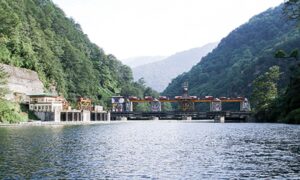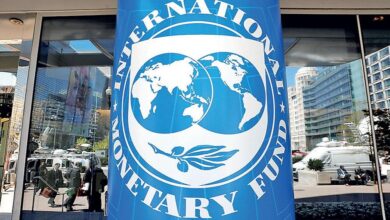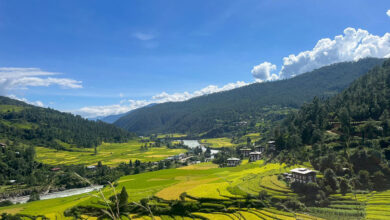Bhutan Govt to allow Private Sector to invest in hydropower
In a major change to how Bhutan does projects in the hydropower sector the Cabinet recently gave an in principal approval for the private sector to invest in hydropower.
This is part of the government’s Renewable Energy Road Map by 2040 that aims to add 20,000 MW of renewable power by 2040.
This means that potentially any private company or individual in Bhutan can come up with hydro projects even in collaboration with private foreign partners.
However, the condition of the government is that it will have 51% ownership and 49% can be retained by the private company or companies.
The Concession period of a project minus the construction phase will be around 30 years which means the 49% share will go back to the government.
The project will also have to give 12% of its generation as Royalty Power or free power to the government.
A source said that the private company can give a concept note to the Ministry of Energy and Natural Resources (MoENR) which comprises of the location of the power project, the feasibility studies, potential cost per Mega Watt and other documents.
The MoENR will be the vetting agency for such projects and they will first check if the government is already doing a project there or not, if it is feasible and if it is economically viable.
The ministry will have to see this as since 51% of the project equity and cost will be borne by the government so projects which are very expensive and hence not viable due to the high tariff costs will not be accepted.
There will be no cap on the size of the projects that can be done here.
The main aim of allowing in private sector investment is targeted at major companies in Bhutan and India who have the financial ability to join in on such projects.
A source said on the Bhutanese side they will be encouraged to invest seriously and not just look at getting in foreign partners to earn a commission on the side.
On the other hand the new FDI policy allows the concept of sweat equity in FDI investments where a Bhutanese partner may not have the funds but can do the running around and the works to get a sweat equity in the project.
Allowing the private sector to invest in hydropower will also open the door to ordinary Bhutanese investors to put in money into hydro projects though the currency of investment is not clear yet.
The advantage for the private sector to do the project with the government majority shareholding is that the government will ensure the clearances and other red tape is taken care of too.
In some aspects this is a case of the projects moving before the policy as it was earlier announced that DGPC and Tata will do a joint venture project with 60% and 40% holdings respectively in the 600 MW Kholongchu.
While in theory the private sector could mean investors from across the world the priority will be given to Bhutanese and Indian companies. This is because the Power Purchase Agreement (PPA) for export of surplus power in the summer months will have to be signed with India as the sole buyer for now and so it will be easier if the project partners are Bhutanese or Indian companies.
Other countries can come forward in terms of financing or loan support to these projects.
In past the 64 MW Basochu was built with support from Austria and it took some time before India agreed to buy power from that plant. Now India even allowed the project to sell surplus power to the Indian Energy Exchange.
The change in mindset to allow the private sector is due to the recognition of the fact that power can be used as a raw material for economic activity. For example, Bhutan has approved around 10 Ferro Silicone factories for Norbugang in Samtse and they all need large amounts of power.
More projects will also help Bhutan increase its supply of firm power during the winter months when rivers dry up.
Allowing in the private sector is also not just about garnering in more funds but it is also hoped that new technologies and methods can come in to do power projects.
The alternate Renewable Energy Policy allowed for the private sector to come in for hydro projects up to 25 MW but this was just on paper and it was not really implemented and moreover the projects were too small for serious investment and to be feasible.
Given the big investment sizes for the projects even large Bhutanese companies will be hard pressed to do projects on their own and so they will likely have to find partners, preferably from India.
Bhutan, in 2008, came up with the Sustainable Hydropower Development Policy which allowed private investment in hydropower, but it was kept on hold as at the same time the 10,000 MW by 2020 had been agreed to between Bhutan and India and so the bilateral model got priority.
10,000 MW by 2020 could not happen largely due to financing issues and has been given a quite burial by both sides. Moreover, in recent times senior Indian officials let it be known they will no longer be doing the old bilateral hydro projects with the grant and loan model.
The 51% is the minimum government holding and it can be higher given the types of proposals that come.
Allowing in the private sector will also help the government get private partners for the 570 MW or 900 MW Wangchu, 180 MW Bunakha Reservoir project, 770 MW Chamkarchu, 1,125 MW Dorjilung project and others that are coming up.





